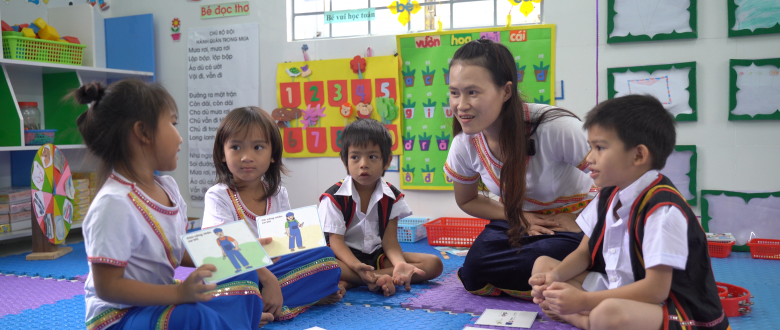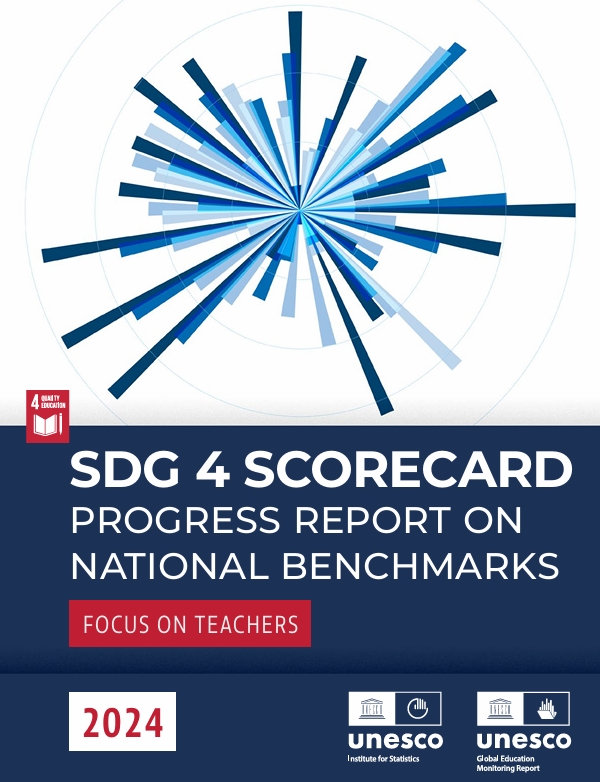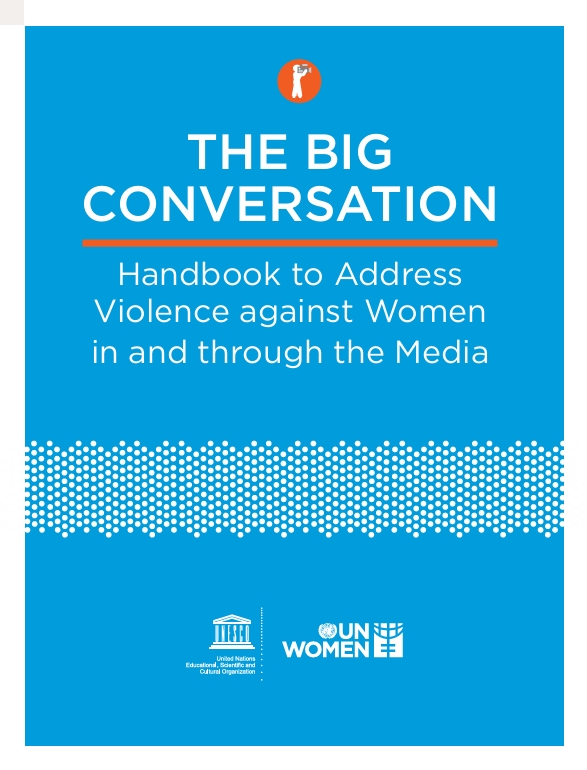The 3-year GENTLE project was all about stimulating the development of positive identities, relationships and self-esteem in preschool-aged children in central Vietnam through gender-responsive teaching and play-based pedagogies.
Countering early gender socialisation
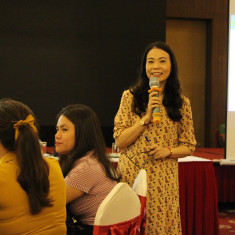
“Gender is an important part of Vietnam’s early childhood education (ECE) curriculum. In my opinion, this is a difficult topic to convey to children, especially when teachers’ knowledge on gender is limited.” Setting the tone is Truong Thi Thu Nguyet (right), deputy head at the ECE department of the Quang Nam Department of Education & Training. She hits the hammer on the nail. While research shows that children start forming their gender identities at the young age of 4, ECE teachers and school leaders are not always equipped to create preschool environments that counter this early gender socialisation – and the emerging gender stereotypical thinking that accompany it.
With the support of the European Commission and the Belgian government, VVOB has been working closely alongside officials of the Quang Nam and Quang Ngai provincial Departments of Education and Training on ‘gender-responsive teaching and learning in the early years’ – or GENTLE for short – in 14 selected districts. Inequalities due to early gender socialisation are indeed one of the most persisting equity issues in central Vietnam, affecting both boys and girls.
GENTLE kicked off in 2018. Over the past three years, VVOB, the Research Centre for Gender, Family and Environment, the provincial departments and district bureaus engaged some 2000 teachers and 300 school leaders of 153 schools on enriching their ECE classrooms with gender-responsive activities and language; and transforming the learning environments beyond the classroom too.
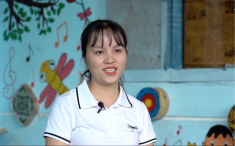
Participating teacher Vo Thi Ha Nhi (left) from Quang Ngai province illustrates: “In the past, boys almost never played with dolls. Now, they have the choice to play with any toy they like, dolls included. I also added more pictures of boys and girls taking up different roles in our classroom and prepared a variety of materials to stimulate participation of both boys and girls in activities. I can see that children no longer choose certain activities based on their sex. They join in together in the same activities.”
Read the full article on the VVOB website.

